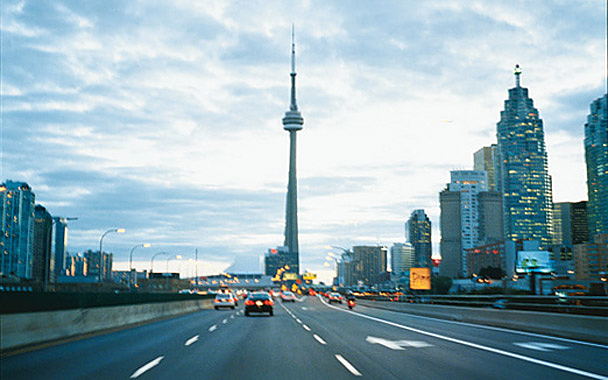Like most Torontonians, I love spending a weekend eating around Montreal or Vancouver. It’s fun, but after a couple of days, you get it. Montreal has created its own, sometimes more casual and sometimes theatrically more over-the-top, version of French cuisine (think bistrot with a “t”). And Vancouver rests on its Pacific Northwest location and its Asian culinary influences. Both are wonderful, it’s just that Toronto has so much more, and with three squares a day, 365 days a year, size matters.
Toronto is the largest city in Canada, and the population of the greater urban area is more than that of the greater urban areas of Vancouver and Montreal put together. Not to mention physical space: We’re not buttressed by mountains or confined to an island; we’re spread out. That means more neighborhoods, with more neighborhood restaurants, cheese shops, and markets. And it’s not just about the number of people, it’s about who they are and where they come from. At 43 percent, Toronto has the highest foreign-born population of any world city with more than 1,000,000 residents—more than New York or London. Not surprisingly, that affects the diversity of our restaurants, as well as the availability of ingredients, whether imported or custom-grown locally.
Let’s consider the Italian community alone. Toronto is one of the largest Italian cites, if you overlook geography and measure only the number of people who live here who were born in Italy. Much of our Italian flavor comes from a large wave of Southern Italian immigration following the World War II, though there was a sizable community of mostly Northern Italians who arrived at he turn of the last century (that’s why there are two Little Italies in the city proper). This critical mass provided not only a demand for Italian ingredients in local markets, but when dining out started to get serious in North America from the 60s onward, Toronto had a ready-made alternative to French restaurants. If you’re used to that, Chef Susur Lee’s Southeast Asian fusion didn’t seem so strange.
And then there are the 23 (and counting) farmers markets in the city of Toronto. One of the city’s top chefs, Jamie Kennedy, once looked me in the eye and explained that he considers himself a farmer as much as a chef. Sure, Vancouver has the sea (and everything that’s in it), and Montreal has dairy farms and great cheese, but Toronto sits in the middle of some of the most fertile soil in the world. I’ll leave the fruit and wine of Niagara region alone (though I’ll note our cool-climate wines are what many critics call “food friendly”), and point to the great fields of Southern Ontario. Put simply, we’ve got the ingredients: more of them and more kinds of them because we have more dirt. (And pigs! We’re not called Hogtown for nothing.)
I haven’t even made the expense-account argument (we’re the country’s financial capital). I don’t need to, since the most-expensive restaurants are not necessarily a city’s best. The charm of Toronto’s restaurant scene is in the small-scale neighborhood, bare-table-bistro. Whether it’s a New Canadian place serving rotis in a strip mall or a corporate lawyer experimenting with tartare as a second career, each performs a valuable service. Because, let’s face it: You go to Vancouver to surf, ski and hike; and you go to Montreal for the nightlife. But there is actually not much else to do in Toronto except go out (or stay home) for dinner.

